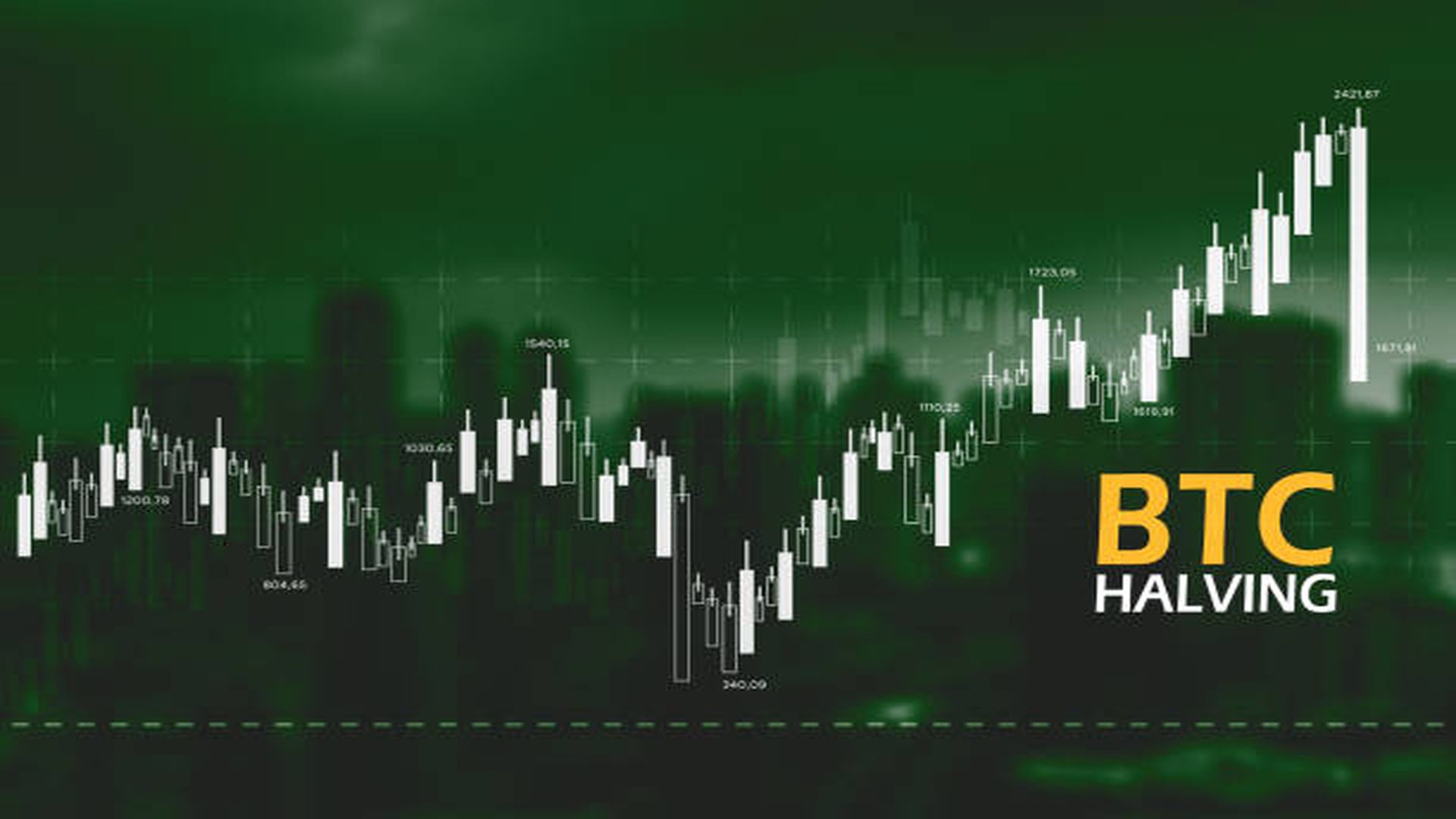As the market approaches Bitcoin’s fourth halving on April 19, here are five interesting facts about the phenomenon that might surprise even experienced crypto enthusiasts.
Every four years, the Bitcoin (BTC) community celebrates the Bitcoin halving event. Most Bitcoin market analysts consider this a quadrennial milestone event because of its historically bullish effect on the crypto market in general.
As the market moves closer to Bitcoin’s fourth halving on April 19, 2024, let us dive into five exciting facts about the phenomenon that even seasoned crypto-fanatics may not know.
Bitcoin’s Price Surged Over 650,000% Since First Halving
Historically, the price of Bitcoin has increased after a halving, although this majorly depends on the balance of demand and supply.
Historical data offers some insights: After November 28, 2012, the day of Bitcoin’s first halving, its price surged from $11 to the then-record high of $1,240 one year later. Similarly, after the second halving in July 2016, the price of Bitcoin increased from about $650 to a new record high of $20,000 in December 2017.
In May 2020, after the third halving event, Bitcoin’s price exploded from around $8,800 to $69,000 in November 2021. Thus, Bitcoin’s returns since the first halving stand at a staggering 650,000%.
Many catalysts have spurred demand for Bitcoin after its halving events. For example, during 2020-2021, a generally dovish stand by global central banks considerably contributed to Bitcoin’s price rally.
Halvings Test Miners’ Economic Resilience
Every halving reduces the income that miners get for validating transactions, making profitability highly challenging, mostly for those with increased operational costs. The situation pressures miners to either upgrade to highly efficient technology or stop their operations.
For example, after the third Bitcoin halving in May 2020, the average cost to mine one Bitcoin surged. The surge in operations costs squeezed smaller gamers out of the active market, and that potentially increased network centralization.
Related: Bitcoin Halving: Everything You Need To Know and How To Prepare For It
Pre-Halving Price Rallies Can Be Speculative
The expectation of a Bitcoin halving mostly results in speculative price increases.
For instance, in the six months before the 2020 halving, Bitcoin’s price gained over 40%, from about $7,000 in November 2019 to around $10,000 by May 2020. These gains are mostly driven by speculative investors hoping to capitalize on the post-halving price surges, reflecting historical patterns and resulting in volatility.

The theory behind a post-halving price surge is based on a supply shock. With each of the first three halvings, the daily production of Bitcoin dropped from 50 to 25 to 12.5, and most recently in 2020, to 6.25 BTC per block. The drop can result in considerable price movements in case demand remains strong.
For example, the year after the 2016 halving saw an almost 300% surge in Bitcoin’s price, partially attributed to the supply shock.
Macroeconomic Impact On Bitcoin Halving Cycles
The general economic environment plays an integral role in shaping the effect of Bitcoin halvings on its price.
For instance, the 2020 halving coincided with a period dominated by loose monetary policies, including near-zero interest rates in the United States. The distinct situation that contributed to Bitcoin’s appeal as a ‘digital gold,’ enabled its price to surge from about $8,000 at the time of the halving in May 2020 to hit an all-time high of about $69,000 by November 2021.

Last Bitcoin Halving Event Will Happen Next Century
Thanks to these halving processes, the last Bitcoin is set to be mined around the year 2140. After the last halving, miners will no longer get block rewards in new BTC but they will rely mainly on transaction fees to generate revenue.
This shift might fundamentally alter Bitcoin’s security and economic model, impacting everything from miner participation to transaction costs.
You must know these things as the Bitcoin halving event happens in April 2024.








